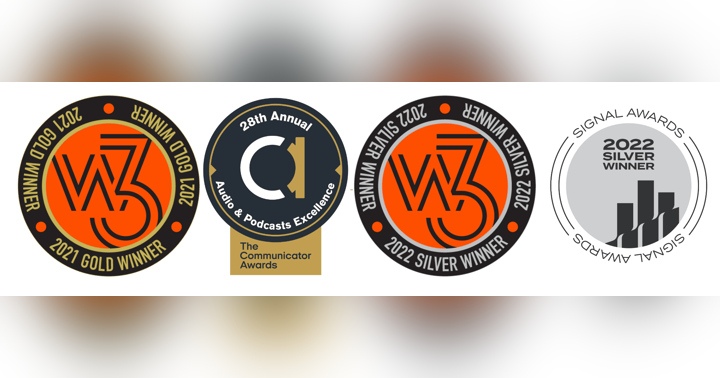Six Sigma: What is DMAIC

Six Sigma is a quality management methodology that has been around for over 20 years. It was developed in the 1980s by Motorola and has since been adopted by many other companies. The name Six Sigma is derived from the bell curve used in statistics where one Sigma represents one standard deviation away from the mean. "Six Sigmas" represent an excellent defect rate with three being above the mean and three below.
DMAIC is the process improvement methodology of Six Sigma that’s used for improving existing processes. The DMAIC model is built on five phases: Define, Measure, Analyze, Improve and Control. For each phase there are specific tools or techniques used in order to accomplish them effectively. In this blog post I will discuss what these phases are and what their goals are at a high level.
Define Phase: This is where the project starts. You’re defining your scope, problem or goal that you want to solve. For example, let’s say I work for a large multi-national corporation and our mission statement is “to delight all of our customers every time they use any of our products and/or services.” This is a very idealistic statement so what we need to do is determine the 2-3 key areas where this problem exists. In order to do that, we need to conduct research and collect data which leads us into the next phase….
Measure Phase: Now that you have clearly defined your scope of work, you need to measure your process.
The key is to be as specific as possible and even think outside the box. For example, let’s take our previous example of “to delight all of our customers every time they use any of our products and/or services.” You may have noticed that I said “any of our products and services.” This means we need to measure all of the different areas which will satisfy this for a customer. So if one of my products is paper, do I delight customers by making sure that I can produce high quality paper in a timely manner? What about if they are using our security service? Do we delight them by making sure that they have a safe environment to conduct their business? And what about when they get home? Do I please them then by offering a great customer service experience over the phone, internet or in-person?
The data collection phase is where you go out and do your research. The best approach for this is doing it “by the book.” The reason for this is because you want to get consistent data and having a standard approach will make sure that you do just that. Once you have completed your measurements, it’s time to take that data and create some charts and graphs out of it; which leads us into our next phase….
Analyze Phase: In this phase, you use statistical tools to visualize and analyze your data. This is where the power of Six Sigma comes into play. You want to be able to see trends in your data that may not have been visible before; which leads you to our next phase….
Improve Phase: Now that we can identify opportunities for improvement, we have to prioritize what action needs to be taken. The best tool for this is the Pareto Chart. I discussed these in the podcast episode DIS: Choose Your Pain. The name of the chart comes from an Italian economist named Vilfredo Pareto, who noticed that 80% of land in Italy was owned by 20% of the population. This basically - I'm oversimplifying here - led him to conclude that 80% of the problems in Italy were caused by 20% of the people. What this means is that when you plot your data, you’ll have a few key areas which will be the most important to focus on and then a bunch of small ones; but they are still important because it’s all additive. After you decide what needs to be improved, it’s time to create your project plan – which brings us to our last phase….
Control Phase: This is where you keep track of your projects. It’s a mistake to think that because you have defined, measured and improved your processes; that you are now done. You need to continue to measure and improve so this will lead you back into the Measure Phase. For example, let’s say I have implemented a new procedure for creating customer orders. I have defined it, measured what is needed to create this new process and now I need to continue to monitor my process and improve upon it. If we see areas that could use improvement, then we identify them in the Improve Phase by using our Pareto Chart (or another tool) so that I can continually improve my process.
If you take away anything from this series, I hope that it is to never be satisfied with running your business as you’ve always done things and just expect great results. Change mind-sets because the world is changing faster than ever before! You need to continually invest in your people, processes and technology so that you can keep up with your competition. The old ways of running a business will only take you so far; after that, you’ll be playing catch-up and the smallest mistake could result in huge losses for your organization.

